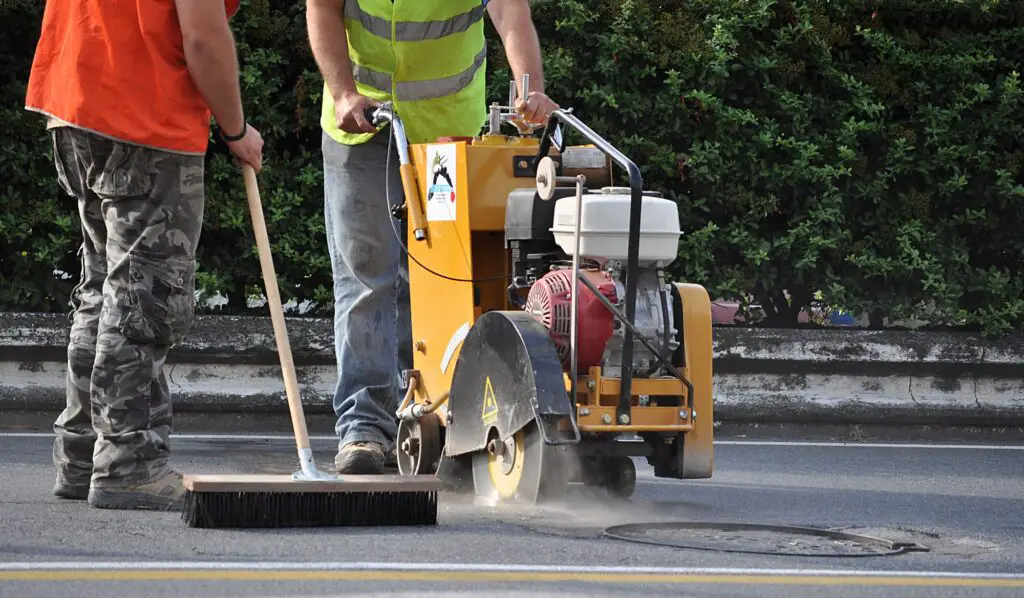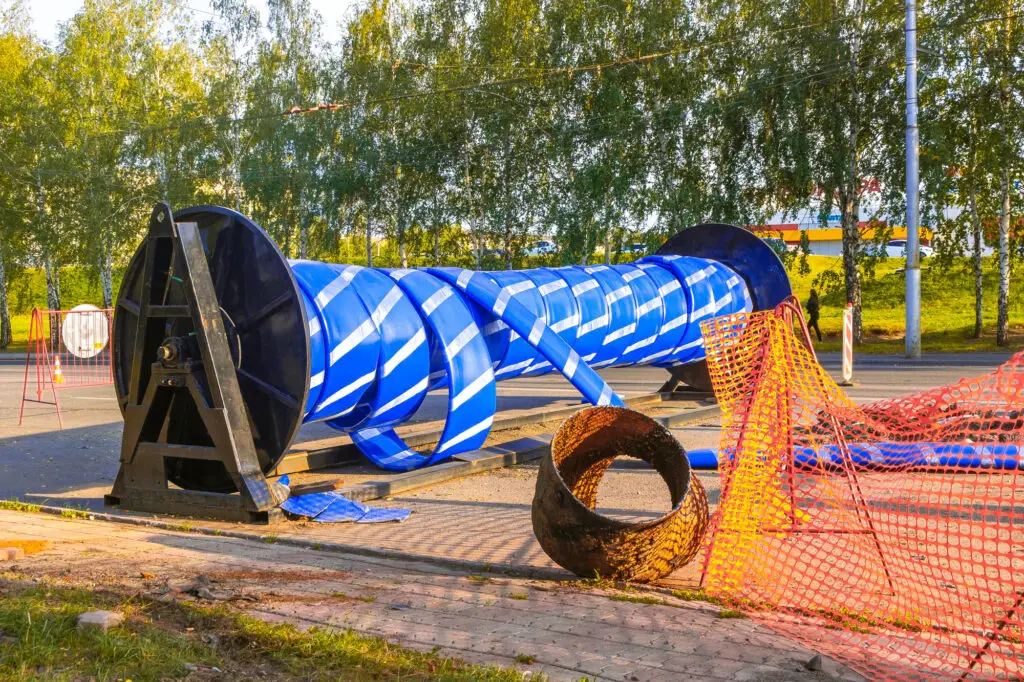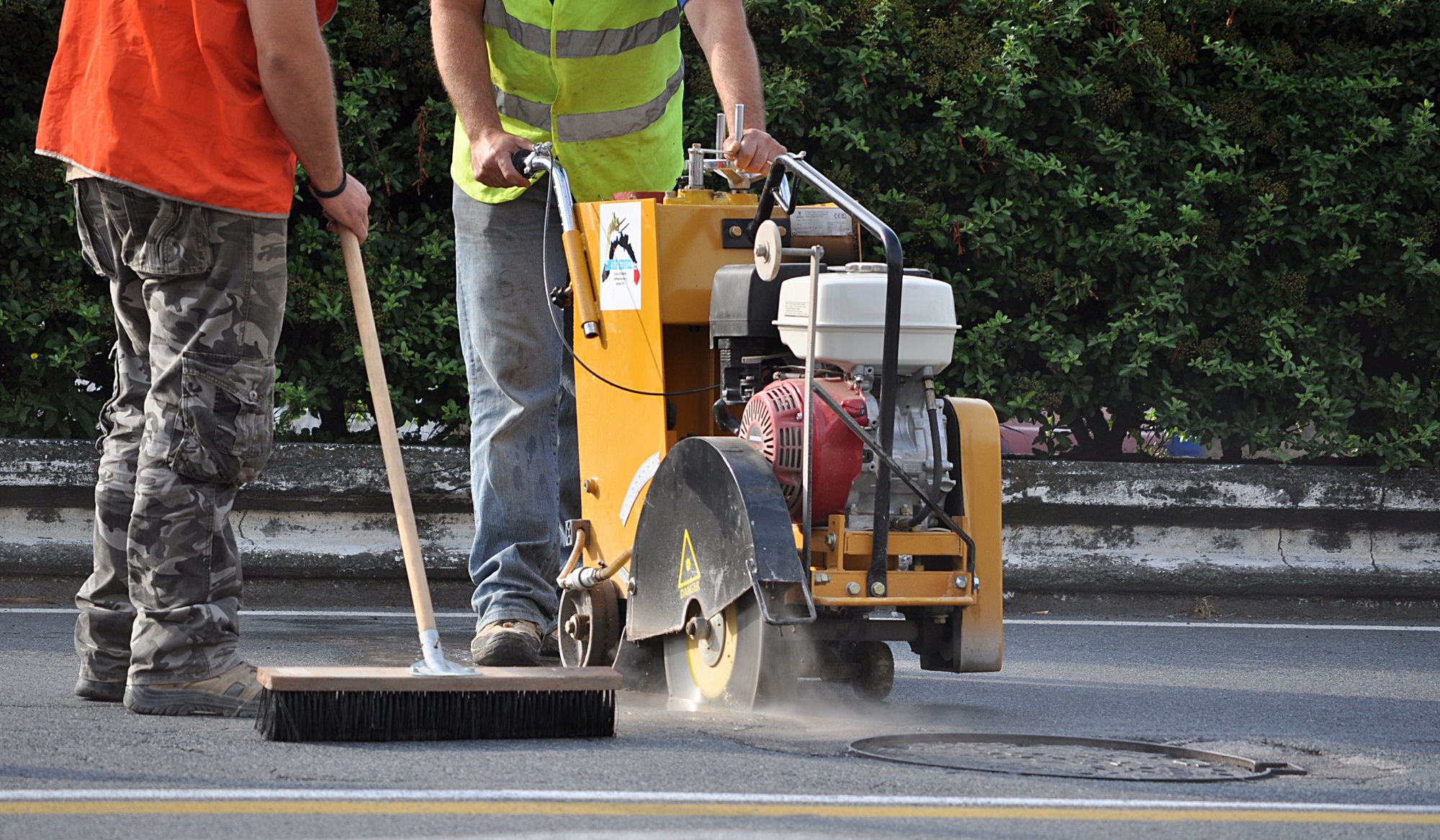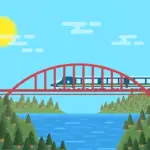Globally, businesses recognize the need for action on environmental problems, prompting a shift towards more sustainable practices. There is a pressing need to incorporate environmentally conscious practices into pipeline condition assessment training to align with sustainability goals.
This change means using high-tech tools to create environmentally friendly training spaces, focusing on online training, and following eco-friendly certification standards. The aim is to actively care for the environment, making the industry more robust and responsible.
This article highlights why incorporating sustainable practices into pipeline condition assessment training is essential, offering insights into the necessary steps for a more eco-friendly training approach.
The Importance of Pipeline Condition Assessment
Pipelines require regular assessment to ensure reliability and prevent environmental and economic consequences. Traditional training methods must evolve for sustainability. Advanced technologies offer non-intrusive assessments, reducing environmental impact.
Eco-friendly training facilities and the integration of predictive maintenance through AI contribute to a holistic approach. A good example is pipeline condition assessment training. Recognizing the interconnectedness of ecological consciousness and economic viability, embracing sustainable pipeline condition assessment training practices becomes imperative for a resilient and responsible future.
Challenges in Traditional Training Methods
Traditional pipeline condition assessment training relies on manual inspections and invasive testing procedures, presenting challenges in time, cost, and environmental impact. But there is a need to reconsider these approaches.
Training that aligns with contemporary values ensures a more sustainable and responsible approach to pipeline condition assessment training. More sustainable training methods for pipeline condition assessment involve teaching how to leverage micro cameras, drones, artificial intelligence (AI), and other technologies.

Incorporating Sustainable Practices
Train personnel on advanced leak detection technologies and methodologies to reduce the risk of environmental contamination. Highlight the environmental and economic consequences of pipeline leaks and emphasize the role of prevention in sustainability. Moreover, it emphasizes the importance of following guidelines to meet environmental standards.
Teach proper waste management practices during assessment activities. Encourage the recycling of materials used during maintenance and repair operations—also, train personnel on effective communication strategies with local communities regarding pipeline assessments. Address community concerns and incorporate feedback into sustainable practices.
Like Us on Facebook!
Utilizing Advanced Technologies
A pivotal move towards sustainable pipeline condition assessment training involves adopting advanced technologies. For instance, drones and satellite imaging are remote sensing tools that offer efficient monitoring, minimize on-site inspections, and reduce the ecological footprint associated with traditional methods.
Subscribe Us on YouTube!

AI and machine learning (ML) in data analysis enhance accuracy, allowing early identification of potential issues. This proactive approach enables more targeted and preventive maintenance efforts, aligning with sustainability goals and advancing the efficiency of pipeline management.
Eco-Friendly Training Facilities
Eco-friendly training facilities are crucial for promoting sustainability within pipeline condition assessment training. Designing centers with energy-efficient systems, integrating renewable energy sources, and adopting responsible waste management contribute to minimizing environmental impact.
These measures align with broader sustainability goals and set a positive example, showcasing the feasibility and benefits of integrating green practices into operations. Beyond immediate training needs, these centers become beacons of sustainability, fostering a culture of responsible consumption and waste reduction among trainees.
Emphasizing Virtual Training Programs
Promoting sustainability in pipeline condition assessment training involves reducing travel through virtual training programs. These programs use online platforms and simulations, offering a more practical option than traditional training. They save time and resources and help minimize the environmental impact associated with travel.
Virtual reality (VR) and augmented reality (AR) pipeline assessment training simulations enhance learning without requiring physical presence. This makes training eco-friendlier and more sustainable and improves its effectiveness.
Implementing Green Certification Standards
Establishing green certification standards tailored for pipeline condition assessment training programs is a powerful incentive for the industry to embrace sustainability.
These certifications could be granted to training programs that integrate eco-friendly practices, leverage advanced technologies, and uphold environmentally responsible principles. Such recognition sets a benchmark for sustainable training and cultivates a culture of environmental stewardship within the industry.
When we acknowledge and reward training programs that focus on eco-friendly practices and embrace new technologies, we’re taking a big step toward making things more sustainable. This helps the environment and pushes for a broader commitment to responsible and environmentally conscious training methods, adding to the industry’s overall dedication to sustainability.
Conclusion
Using sustainable methods in pipeline condition assessment training is vital for the industry’s success as the world moves towards more sustainability. The construction, plumbing, oil, and gas sectors need to choose environmentally friendly practices in everything they do actively. That means using advanced technologies, creating eco-friendly training places, focusing on virtual training, and setting green certification standards. These steps together make a big difference in lessening the industry’s environmental impact. It’s a significant move towards a greener and healthier planet.



















